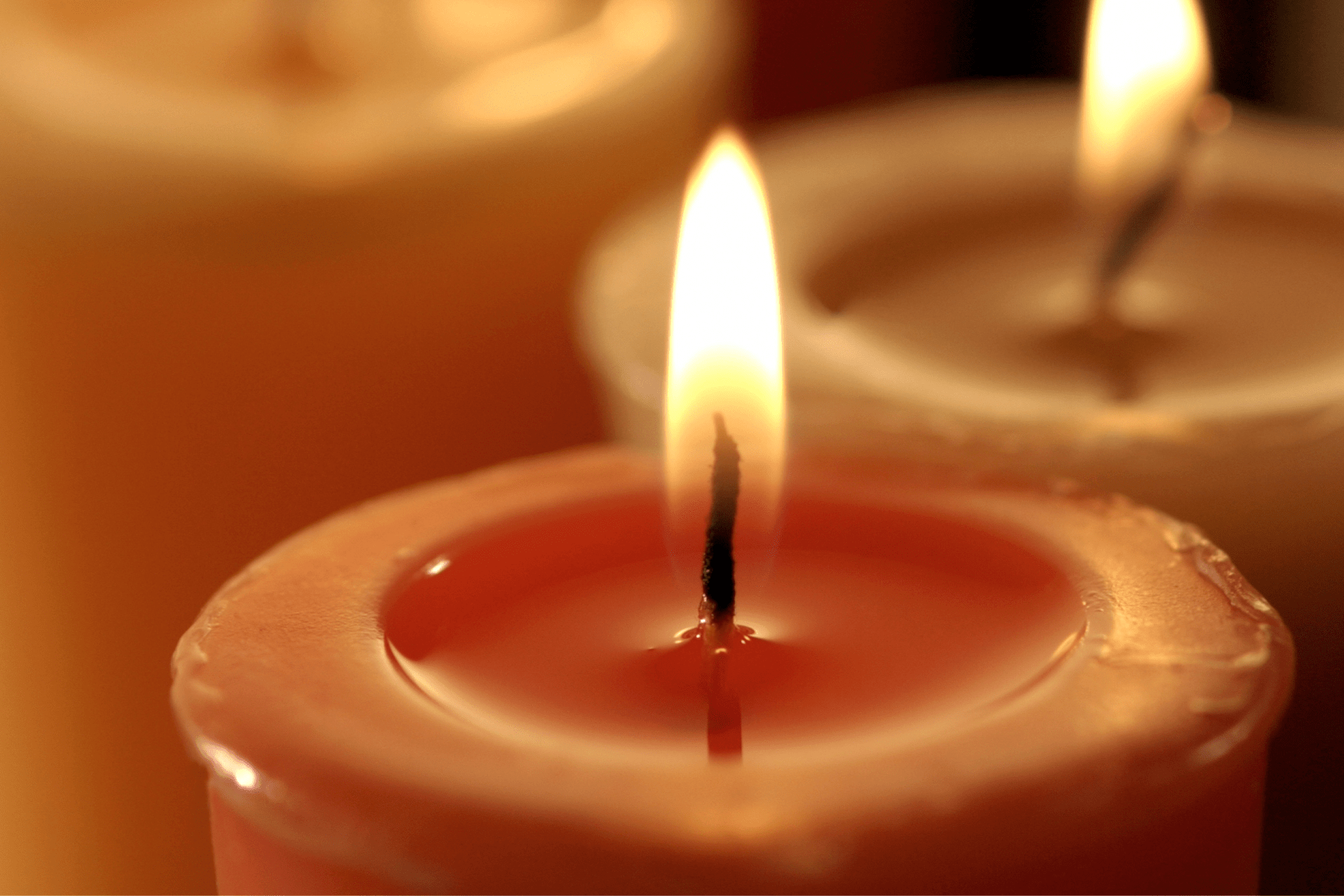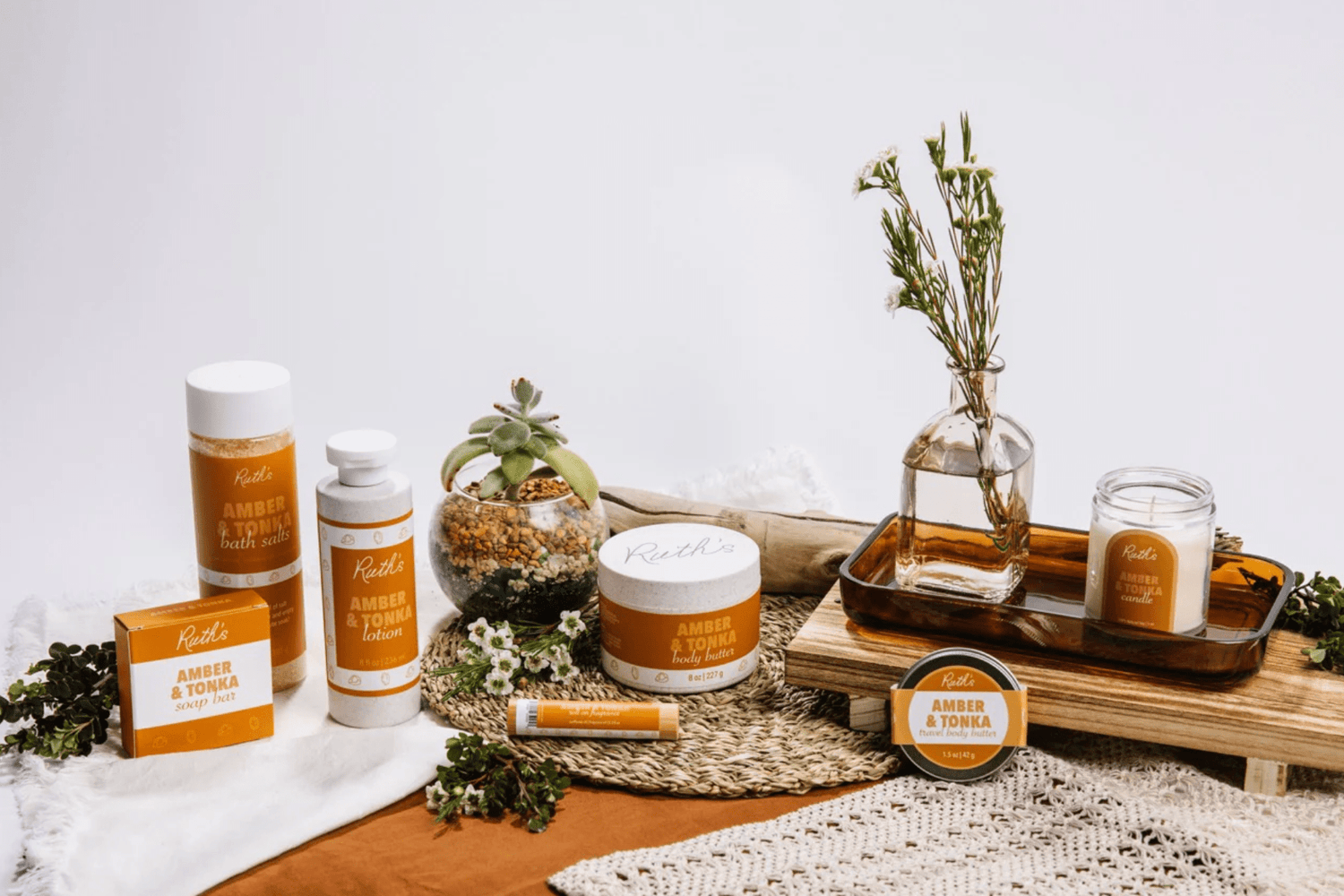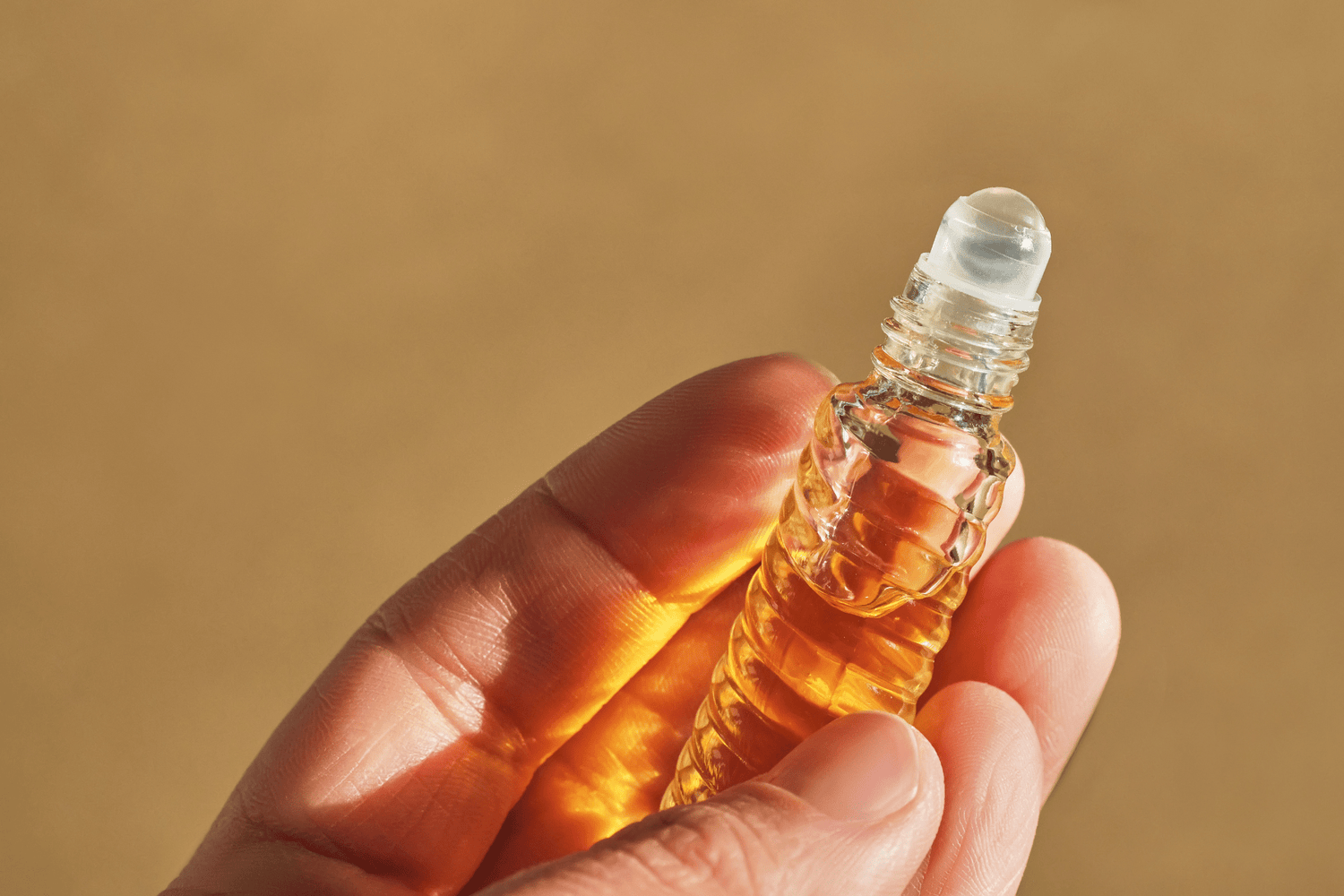If you have soy-based candles in your home, you might have noticed small droplets of moisture collecting on the top and wondered, "Why is my candle sweating?”
To answer this question, we’ll look at the science behind candle sweating, solutions that can help fix the phenomenon, and how to fix it.
What Is Candle Sweating, And Why Does It Happen?
Candle sweating occurs when moisture accumulates on a candle. It can happen in any type of candle but is more common in 100% soy-based ones. One thing to understand is that your candle isn’t sweating like humans sweat - it’s the fragrance oil coming to the candle's surface or moisture accumulating.
Although candle sweating is a minor issue and does not affect the candle’s integrity in most cases, there are three common reasons it may be occurring. If you have ever made your own candle, you know that there are special candle making tips and tricks that help with sweating.
Let’s examine the most common reasons your candle may be sweating to help you understand what is happening and how you can fix it.

Reason 1: Temperature Fluctuations
Your candle may be sweating due temperature fluctuations. Candles are sensitive to temperature changes, and when the surrounding area shifts from hot to cold or vice versa, it can cause the wax to expand and contract.
This expansion and contraction can lead to the oils rising to the candle's surface. It is like sweating after a workout - but it doesn’t cause your candle to get smaller.
Reason 2: Humidity Levels
Humidity, which plays a significant role in candle sweating, could be the reason to blame for your candle’s glistening appearance. High humidity levels in the room can increase the likelihood of your candle sweating.
The moisture in the air can interact with the wax, causing it to condense on the candle's surface. This is especially common in humid climates or during rainy seasons.
Reason 3: Low-Quality Wax or Wick
Finally, the wax or wick used may be creating sweating problems for your candle. Lower-quality wax or wicks may not burn evenly, leading to excess wax melting and pooling on the candle's surface. This excess wax can mix with moisture from the air, creating a sweaty appearance.
How To Fix Your Sweating Candles
If you've noticed your candle sweating, there are several fixes you can try to address the issue and salvage your candle-burning experience. These fixes will also help you maintain the proper candle care - increasing your candle’s longevity.
Fix 1: Trim the Wick
Trimming the wick of your candle to about 1/4 inch before each use can help reduce sweating. A long wick can create a larger flame, causing the wax to melt unevenly and leading to sweating. Regularly trimming the wick ensures a controlled burn of your candle. A properly trimmed wick can also help reduce candle tunneling.
Fix 2: Use a Wick Dipper
Blowing out a candle can create drafts and temperature changes, contributing to sweating. Instead of blowing out the candle, consider using a wick dipper. This is a gentle method of extinguishing the flame, minimizing the disturbance to the surrounding air and reducing the chances of sweating. Don’t make your candle sad by blowing it off!
Fix 3: Place a Lid on Your Candle
Place a lid or cover over your candle when you're not using it. This prevents moisture from the air from settling on the candle's surface. Many candle manufacturers offer matching lids for their products, or you can use a small plate or jar lid as a makeshift cover.
How To Prevent Candle Sweating
Preventing candle sweating is preferred over dealing with it after the fact. Here are some tips to help you maintain a sweat-free candle-burning experience.
Tip 1: Store Candles Properly
Store your candles in a cool, dry place away from direct sunlight and extreme temperature fluctuations. Avoid storing them in areas with high humidity, such as bathrooms, as this can increase the chances of sweating.
Tip 2: Choose High-Quality Candles
Invest in high-quality candles made from premium wax and wicks. Higher-quality candles tend to burn more evenly, reducing the likelihood of sweating. Michigan-made soy candles from Kalamazoo Candle Company are known for their quality and clean burn. The 3-wick candles are crafted to burn evenly and are made from the highest quality soy-based wax - made to prevent sweating.
Tip 3: Maintain Ideal Room Conditions
Keep the room where you burn your candles at an optimal temperature and humidity. Using a dehumidifier in humid conditions can help control moisture levels in the air and reduce the chances of sweating.
Frequently Asked Questions
Sweating is a phenomenon that many soy wax candle owners experience. Candles always give the best answer to questions, because they enlightened! Here are some of the most common questions you might have:
How do you fix sweaty candles?
Changes in temperature, humidity, and low-quality wax can cause candles to sweat. To prevent this, always pay close attention to the climate and humidity in your home and only purchase high-quality candles made with premium materials.
Why is there moisture on my candle?
The moisture on your candle could be caused by the oils separating from the wax base or by condensation from temperature and humidity fluctuations.
Why does my candle look wet?
A wet-looking candle can be caused by oil separation or moisture from temperature changes, humidity, or uneven burning. This phenomenon is called “candle sweating.”
How do you know if a candle is bad?
If your candle begins to smell more like wax than the integrated fragrance, it may be time to throw it out and purchase a new one.
Don't Sweat It—Explore Michigan-Made Soy Candles
If you want to enjoy soy candles in your home without asking, “Why is my candle sweating?”, consider exploring Michigan-made soy candles from Kalamazoo Candle Company. These 3-wick candles are crafted with care and attention to detail, offering a clean and consistent burn.





